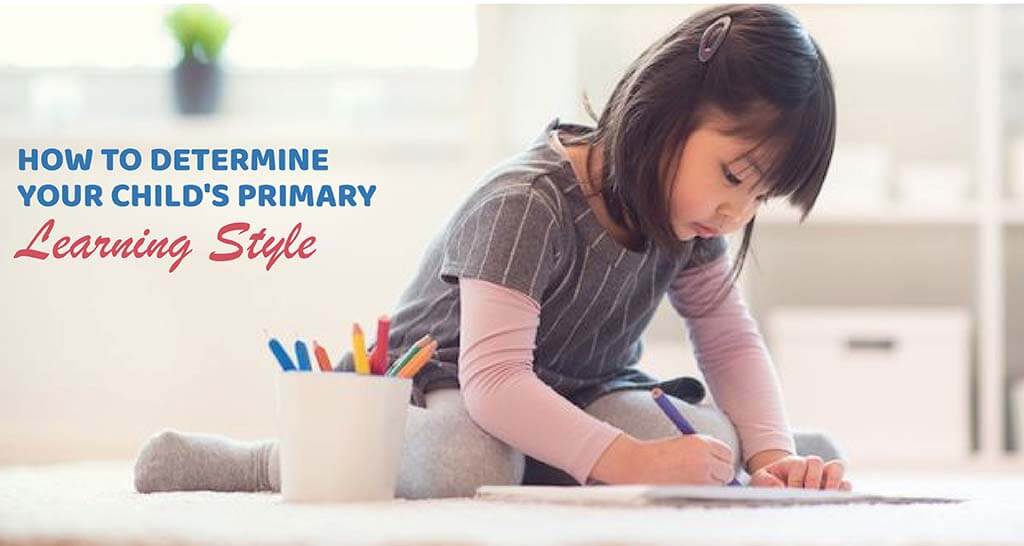Children are born with an innate need to satisfy their curiosity and learn more about the world. To do this, they use every tool, including tasting, smelling, touching, hearing, and even consulting an adult.
They build their unique learning pattern as they become older and acquire more knowledge. If you can get a sense of how a kid likes to learn early on, you’ll be more equipped to assist them in improving their academic performance.
According to studies, there are three significant learning patterns-
Kinesthetic Learners: Kinesthetic learners best comprehend and retain knowledge through hands-on activities and experiences. Learners who fall into this category demonstrate talent in athletics, dancing, and other forms of physical activity. The students have developed excellent hand-eye coordination.
Visual Learners: People who are good observers of the world around them and have a deep appreciation for art are considered visual learners. These particular varieties of lear • Those with an auditory learning style are more likely to learn through reading books and looking at images. They have a solid creative imagination in addition to an interest in art.
Auditory Learners: Auditory learners find that listening to material helps them learn it more effectively and remember it longer. Learners in this category have a natural talent for singing, playing an instrument, or both. They can pay attention to what is being said and follow verbal instructions.
Now that you know the three learning patterns or styles, let’s look at how you may identify your child’s primary learning type.
Examine Your Child’s Behavior
When a youngster is more at ease learning in one style, they will be more expressive in that same style. Keep an eye on how your youngster expresses themselves. An auditory learner, for example, can express himself via words. They may fully express themselves by saying how they feel and what occurred in a particular setting. Visual learners may convey themselves via their facial expressions. They can better comprehend individuals since they are great observers. Similarly, the kinesthetic learner will use their hands and movements more.
They like touching and experiencing everything.
Think About Your Child’s Interests
The predominant learning style of a youngster is usually mirrored in their hobbies. Music piques the attention of an auditory learner. Sounds and speech often distract them. Visual learners prefer reading and watching television because both give visual simulation. A kinesthetic learner cannot sit still for lengthy periods. They need to move because it helps them learn better. They participate in sports such as swimming, gym, and other physical activities.
Multiple Learning Style Quizzes
Request that your kid does many learning-type assessments. These quizzes will assist your kid in developing all three learning types, and they will not be lacking in any. Quizzes encourage your youngster to think critically and thoroughly about every circumstance. These quizzes, on the other hand, will assist you in determining your child’s learning style.
Match your teaching style to the learning style of your child.
Whether teaching your kid at home or assisting them with their homework, ensure that your teaching method corresponds to the child’s learning type. You may read the material aloud to auditory learners or incorporate rhyme and song descriptions. Flashcards, drawings, and instructive films may teach visual learners. Encourage kinesthetic learners to create a model of what you are teaching. For example, if you’re teaching about volcanoes, have students make a model of one.
This kind of instruction will assist students in improving their abilities and participating actively in their learning.
Do Not Limit Yourself to a Single Learning Style
Some youngsters may have a blend of learning styles; thus, you shouldn’t expect them to identify thoroughly with just one type of learning. Pay attention to how your youngster prefers to absorb information. Please choose a course of study that caters to their preferred method of acquiring knowledge. Encourage your kid to participate in a wide variety of activities, and don’t only focus on helping them improve in the areas in which they already excel.
Conclusion
Identifying children’s learning patterns at an early age is critical, and then shaping their education to correspond with those patterns. You, as a parent, should be able to recognise the basic learning styles your children show, but you shouldn’t confine them to a single mode of education. Children may and should learn in a variety of ways. How a kid knows is not etched in stone; they are malleable and may change as the child grows and develops. Please do not assume that the kid will always have the same interest in learning patterns; they may acquire different learning methods as they age.










